Route 1, Box 80. There, in Eastern North Carolina, a three-bedroom home provided shelter and solace for about two dozen members of my Ammons family at one time or another. The Bests were up the road to the left, and the Roses to the right, just before the “dangerous curve” that left many folks in the trees after a few cold ones following a long day in the tobacco and cucumber fields. Granddaddy Rasper and Grandma Adell were the heads of our humble space and the Ammons dirt-path dynasty.
Whatever late-night laughter, hardships, or hangovers from the evening before that my aunts and uncles experienced, the morning always awakened them to the monotony of field work. My sister, cousins, and I joined them during the summers when school let out. Kids of immigrant families beat us to the fields a couple weeks prior, unable to complete the school year. Just as constant as our summers in the fields was our full smokehouse and pantry with preserved tomatoes and pickled beets and cucumbers.
When COVID-19 first hit, there were murmurs around the idea of a “new normal”—that the shared lessons we learn during this time of the coronavirus, now coupled with more police brutality, would lead us to care for and prioritize the needs of one another in new ways, especially of “the least of these.” But for many of us, this “new normal” feels more like a glitch in the matrix—a memory of a previous existence—or nothing new at all. Millions of working poor, homeless, undocumented, and chronically ill people live in crisis-mode daily, just as many of us from urban industrial or rural working families were reared under a constant cloud of looming economic or weather- and health-related despair.
For many of us, this “new normal” feels more like a glitch in the matrix—a memory of a previous existence—or nothing new at all.
This moment of isolation and scarcity caused by COVID-19 makes me long for aspects of my country upbringing—the smokehouse with cured meats; the front yard with roaming chickens laying a batch of fresh, speckled eggs; an outdoor hand-pump that surged cold water from the ground beneath it; even the outhouse that was once my source of shame. Our small garden plot reaped enough to share “a mess” with those neighbors whose growing season was not as kind; a steady way of life cultivated into sharing and bartering among neighbors who lived a short walk away. I even miss some of Grandaddy’s homemade moonshine, what we called “stumphole,” a reference to where it was kept, nested in a hole dug out in the stump of a tree. Definitely not for the faint of heart.
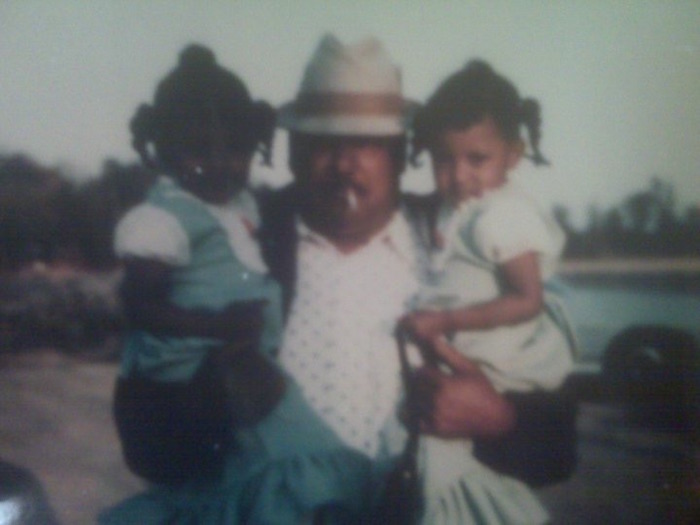
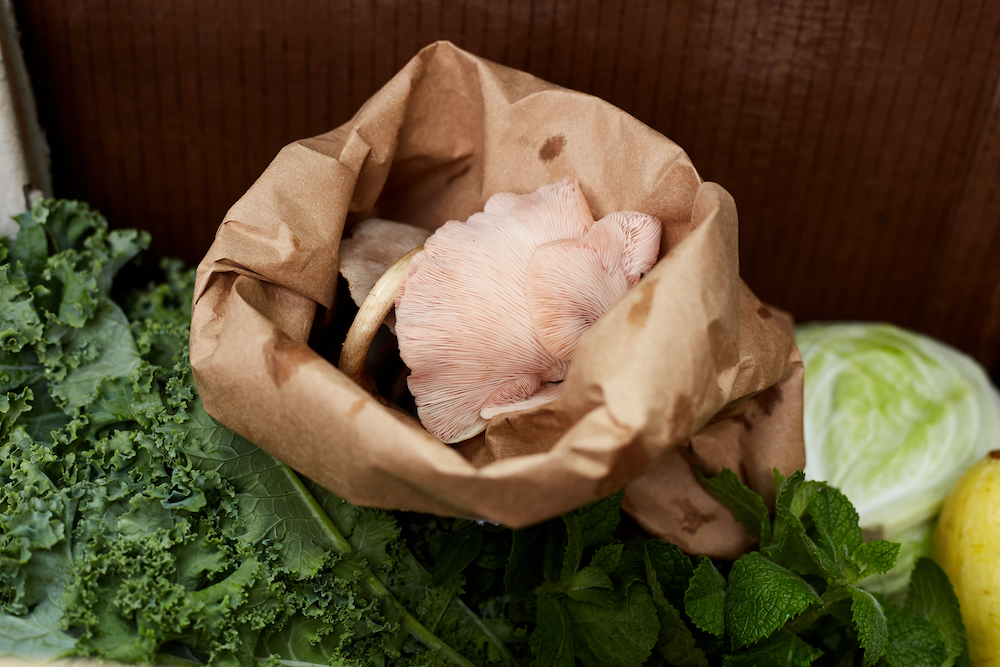
The longing to remember and regain aspects of this simpler time has led me back to “food systems” work as Equity and Outreach Coordinator at the Center for Environmental Farming Systems (CEFS) at North Carolina State University. There, we question the entirety of the food supply chain. We endeavor to elevate the efforts and resilience of those who are working to make it more equitable. What I’ve come to understand is that a resilient food system is important. But I also know that in order to sustain the lessons learned during times of crisis, we must go beyond a resilient food system to create a sovereign one.
In order to sustain the lessons learned during times of crisis, we must go beyond a resilient food system to create a sovereign one.
Sustainability and resilience are not practices that have to be intentionally built into Indigenous, Black, and Brown lives. It is indeed our way of life. But COVID-19 has elevated the ingenuity of Black communities. Today, we see folks collecting and exchanging seeds between neighbors and enlisting the Old Farmer’s Almanac to lead us back to planting seasons made erratic by climate change. Urban gardens, CSAs, and food produce boxes from Black farmers aggregated to accumulate enough fresh produce to feed a small family and a couple neighbors are just a glimpse of Black food sovereignty and cooperative economics heralded by the likes of Fannie Lou Hamer and other agrarians and activists in the South. We are seeing the creation of mutual aid funds for food service workers. Churches and schools are using their infrastructures to feed students who are missing meals as a result of school closures. Black-owned businesses, such as the Chicken Hut in Durham, North Carolina, are offering free meals to hundreds of youth and families whose Supplemental Nutrition Assistance Program (SNAP) and unemployment benefits have been delayed. And Black growers and Indigenous elders are doing what they have done for generations—sharing recipes and planting guides, and prioritizing immune-boosting foods as doctors on the frontlines remind us that food is medicine. Our neighbors are sewing homemade masks to protect each other, including our less-recognized “essential workers” in poultry plants back home.
These communal practices are semblances of a sustainable lifestyle that historically have made Black communities thrive. But at the same time, this type of resilience narrative often assumes that Black women, immigrants working in our food processing plants, restaurants, and fields, and Black men like George Floyd who are prematurely profiled as criminals can endure the worst conditions and gracefully comply or recover, continuing to show up in the midst of turmoil and elevated risk. What good is complying if the end result still leaves us suffocated? The responsibility to be resilient becomes a weight to bear that often perceives the risks associated with the work as justifiable and sometimes lethal. The point is, none of these realities are new. A society’s “normal” is often dependent upon how power operates within it and how those of us who are impeded by its grip are able to provide and care for one another in its wake.
We have a choice in deciding which normal we adopt post-pandemic and our current upheaval. In 1993, Via Campesina began building a food sovereignty movement based on self-determination and the basic right of food producers to control their own food system. “Via campesina” means “the peasants’ way,” which reflects the leadership of the movement by rural women and farmworkers, starting in poor and isolated regions of Latin America, spreading globally, and reaching areas of Africa, Asia, Europe, and Indigenous communities throughout the United States. The basic tenets of food sovereignty draw from traditional methods and ancestral skills and knowledge—environmentally sound growing practices that sustain the land and natural resources, cooperative economics, and extending health, wealth, and vitality to the whole community. Putting these values into action challenges corporate control of seeds, labor, and land, prioritizes fair distribution of land and resources necessary for a thriving food system, and honors and tends the land so that it may continue to provide resources for all. According to the principles of food sovereignty, the people who work and steward the land make decisions about how it is used and what is grown for the community. They work within a culture that prioritizes sharing the resources needed to grow and distribute food as medicine. The supply chain omits no one and every aspect of our well-being is considered.
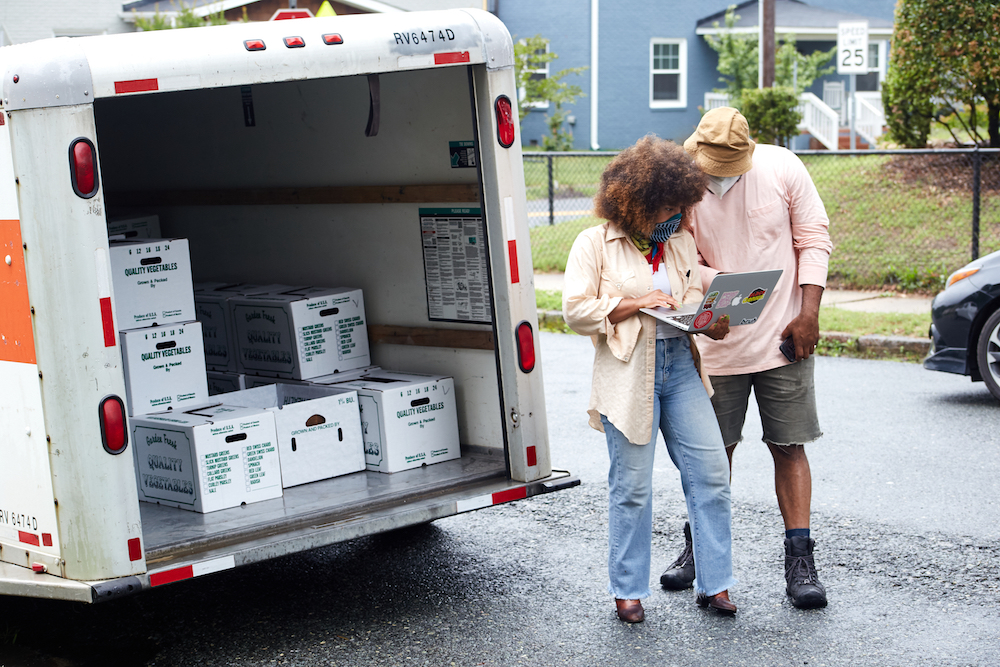
The glimpse of the “new normal” I see emphasizes a return to similar basic principles of food sovereignty demonstrated by Via Campesina, Fannie Lou Hamer, global peasants, and Black southern activists. In this moment, we are rethinking the way we build relationships, share and cultivate our resources, and even how we define concepts such as time and safety. Our CORE (Committee on Racial Equity) work at the Center for Environmental Farming Systems involves racial equity training for food systems practitioners. As we transition to a virtual platform during the COVID-19 shutdown, we are finding that organizations that have long served as gatekeepers are seeking transformative ways to be held to account. Many organizations like ours are white-led and/or predominantly white. A recent open letter crafted by BIPOC food systems leaders challenged grantmakers to make a concerted effort to fund the oft-overlooked work that has long been done by BIPOC communities. It is now becoming more evident that in order to encompass the principles of racial justice, organizations must be in service of the work of those most affected by systemic oppression and disparity. The litmus test for how our communities are faring in times like these is the success or failure of Black farmers. As farmer, author, and activist Leah Penniman of Soul Fire Farm in Petersburg, New York, says, “We see that when Black farmers are thriving, we are more likely to get that food to the people who need it most in our communities.” The livelihoods of Black farmers and our Latino/a and Indigenous farmers and farmworkers are essential to our collective ability to thrive and to exert our food sovereignty as a cooperative community of consumers and producers.
We are rethinking the way we build relationships, share and cultivate our resources, and even how we define concepts such as time and safety.
The food sovereignty movement has taught us that we need an infrastructure based on our skills to grow our own food, one that supports the economic, social, and spiritual channels that will uplift us as a community, even and especially during our roughest patches. This need is especially relevant right now. As capitalist systems continue to fail those most in need, food sovereignty ensures that community members’ skills and cooperative networks sustain their communities. A community-led food infrastructure of this type fuels the welfare of both people and land, while treating both with dignity and respect. In the midst of the coronavirus crisis, food systems advocates like those at HEAL (Health, Environment, Agriculture Labor) Food Alliance and Food Chain Workers Alliance, have spelled out a set of demands directly addressing the present and future needs of food service industry and farmworkers, crafting strategies for the “right now” as well as long-term transformation.
Resistance is born from the unwavering tension between the need for Black and Brown labor and the disregard for their humanity and lived experience. When Sojourner Truth pointedly asked “Ain’t I a woman?” in 1851, she interrogated the status quo of who matters and who gets ignored. Her probe unveils how society’s ills and inequities are normalized. Truth represented how Black women, then as now, are the primary food decision-makers, holding down the most pivotal role in households around the country, yet are demeaned and ignored by society, offered little support and even less respect, and expected to fend for themselves. These are the same Black and Indigenous women who taught us to preserve and “put up” fruit and vegetables for longevity, save seeds, tend home vegetable and herb gardens, and feed those in need. As we get a glimpse of what it could be like when we collectively imagine a sovereign food system, we are realizing that mere access to grocery stores is not enough.
I started writing this essay in mid-April, focusing on crafting a “new normal” rooted in the principles of food sovereignty. Since then, our “normal” has once again been shaken. The recent killings of George Floyd, Breonna Taylor, Tony McDade, Ahmaud Arbery, and countless other BIPOC by “the law” has brought into public view once again a recurring nightmare in Black America. The continued terrorizing of Black communities by police evokes the erasures of ancestral kinfolk—in the dark of night by slave patrols and in the light of day by lynch mobs. This type of vigilante law enforcement originated to violently monitor, harass, and round up enslaved Africans who ventured to other plantations for field and farm work and was later honed by lynch mobs to terrorize free Black people who sought to exercise the rights of citizenship. Distrust of the criminal justice system—and most systems created in the United States, including our food, agriculture and healthcare systems—stems from legacies such as this.
These legacies lead, unsurprisingly, to devastating health outcomes. Stress is not only a factor in higher levels of chronic health conditions like hypertension and heart disease in Black communities, but the added stress caused by the COVID-19 pandemic (including discrimination in testing access) and the epidemic of unlawful killings by police (that is, the stress associated with the potential of being killed) further contributes to increased death rates among Black people. Black people in the United States, who make up about 13 percent of the overall population, are twice as likely as whites to be killed by police. This leaves Black Americans, once again, waging multiple wars. Because hypertension, trauma, anxiety, and loss are constant, there is a bereavement in Black communities that seems nev to never end. A recent study showed that the blood pressure levels of Black people did not fall during sleep like our white counterparts. There is indeed no rest for the weary.
According to a Washington Post analysis of available data, Black and Latino/a communities are contracting and dying from COVID-19 at a disproportionately higher rate than the rest of America. Currently, Latino/a and Black communities account for about 30 and 40 percent of North Carolina’s coronavirus cases, respectively, while making up a fraction of the state’s overall population.1
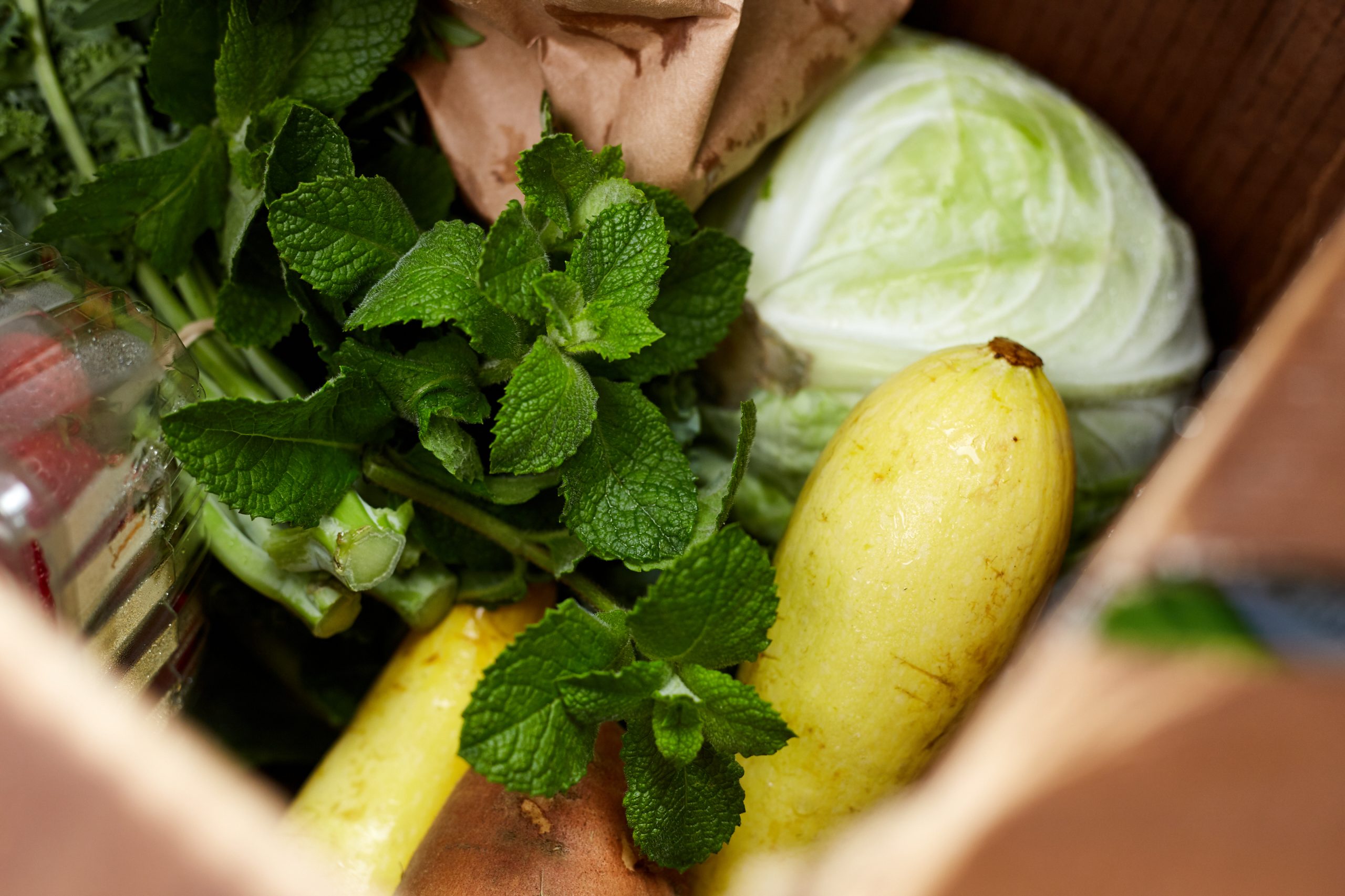
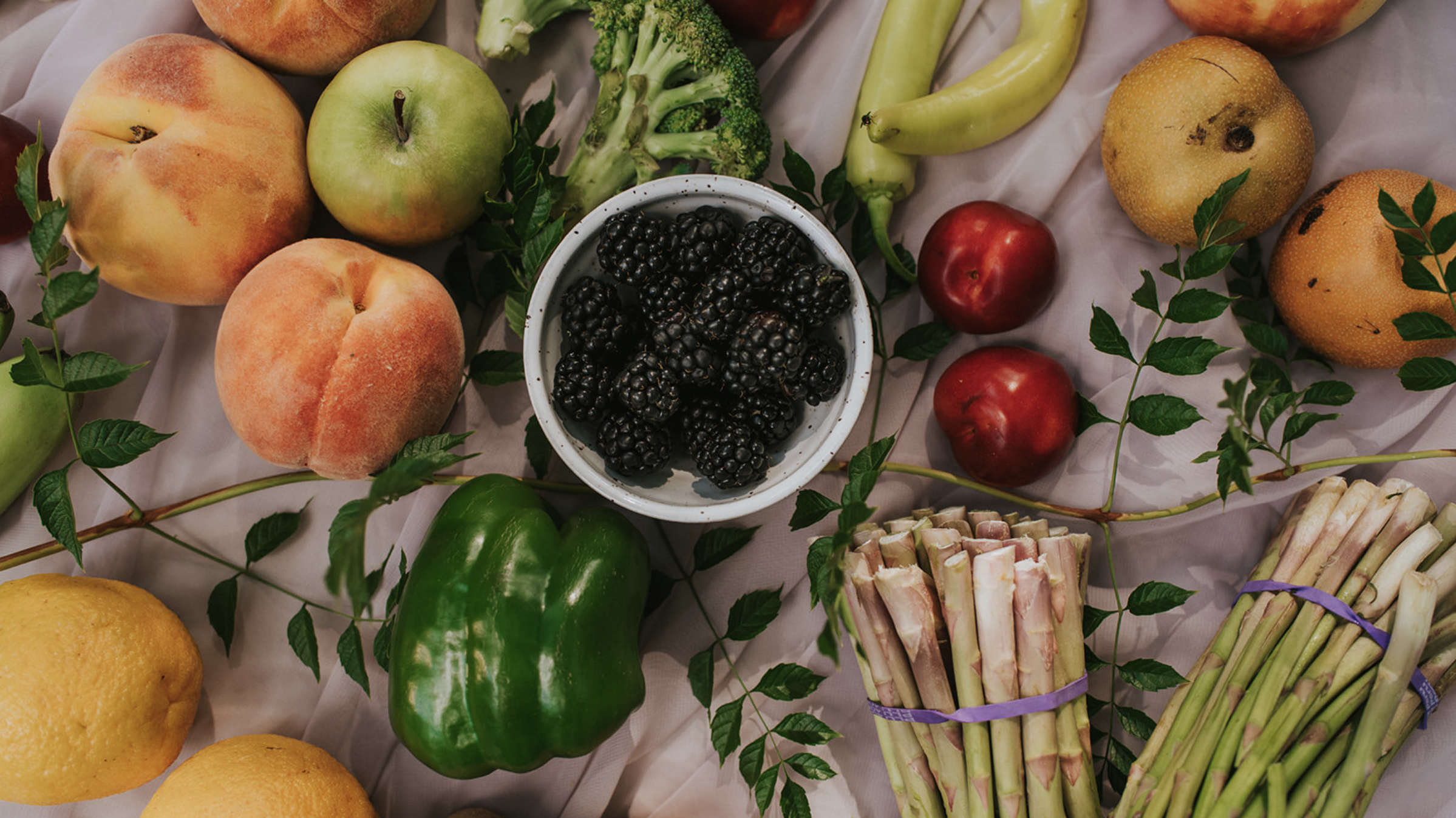
BIPOC and poor communities remain most vulnerable because of systemic poverty and chronic health conditions that have plagued our communities well before this pandemic, insufficient wages, and highest risk while working in our most essential jobs leading to poor diets, little rest, high stress, historical and ongoing trauma, as well as lack of adequate healthcare that keep us in the workplace under hazardous conditions. Often in concert with the sacrifice and suffering of those most affected is our ingenuity and ability to create alternative systems that express communal values, like food sovereignty and community harm-free zones, to provide a way through tough times and fuel our resilience, safety, and collective way of life.
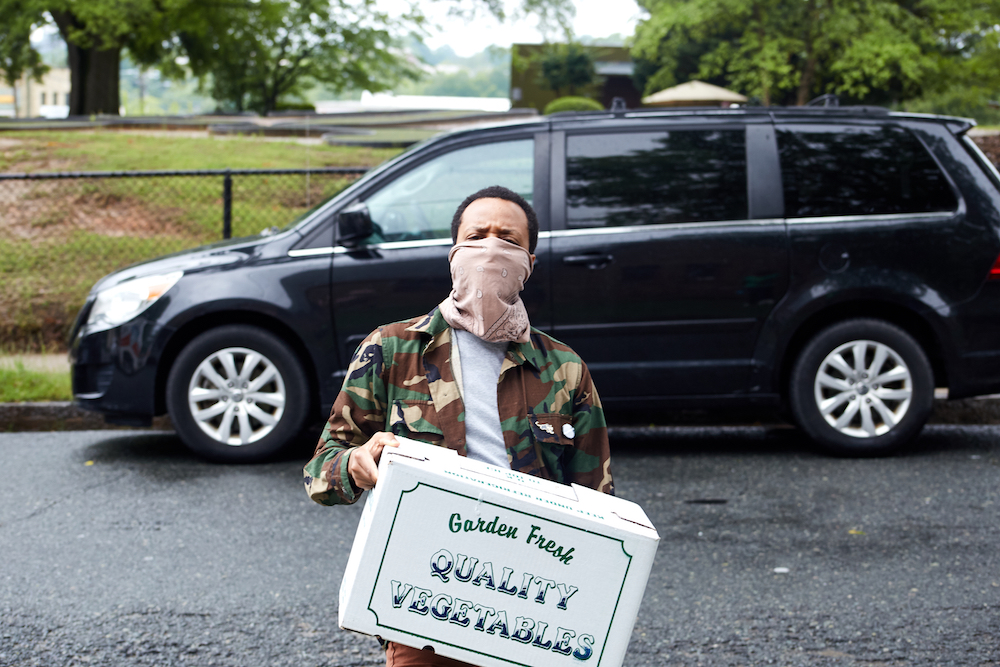
The crisis, unrest, and panic such chaos causes often scales up at a much quicker rate than the solutions to those problems, which are often created by Black and Indigenous women. A resilient food system is one that “absorbs, responds to, and recovers” from shocks and stresses inflicted upon it. Instead of simply recovering from those shocks and stresses, a sovereign food system adapts to ensure that, although they will happen, they don’t have the same adverse effect on those who take the biggest hit during these crises. A sovereign food system goes further to gather up the lessons of resilience and apply them toward adaptation and transformation, not just recovery. A sovereign food system thinks about the revolution in the midst of the “right now.” Food sovereignty takes into account the urgency of the moment but goes beyond the immediacy of the crisis, thinking of how systems can evolve to create community-determined and -activated solutions.
A sovereign food system thinks about the revolution in the midst of the “right now.”
Of course, the strong arm of power will continue to assert its steady grip and fight to retain its dominance. But the food sovereignty movement reminds us that we have what we need to survive and thrive, during and post-crisis. A sovereign food community is a safe haven within a society that often falls short and fails us in times of disaster, particularly those most adversely affected by disparity. The reality of food sovereignty is one that should remain present as we continue to place our current resistance in a global context. Like many, I remain a student of the kind of hope and rage that fueled the perseverance of Black civil rights leaders of the 1960s. Instead of “keeping hope alive,” in keeping with the mantra of the Rainbow Coalition’s leader Jesse Jackson, conversely, it is hope that has kept many of us alive. For now, I’ll continue to invest in the hope that the normal we seek will be determined by our best selves and the histories we choose to exalt and replicate.
Shorlette Ammons is a native of Beautancus, North Carolina, where she grew up in a large family of farmworkers, cooks, and storytellers. She is a former children’s librarian with a Masters of Library Science degree from North Carolina Central University in Durham, NC. She is a 2013 Center for Social Inclusion Fellow and a current Castanea Fellow.Header image: Produce from Perkins Orchard, Durham, NC, by Bliss Floccare.NOTES
- S.E. Hadden, Slave Patrols: Law and Violence in Virginia and the Carolinas (Cambridge, MA: Harvard University Press, 2001).

